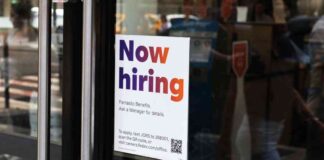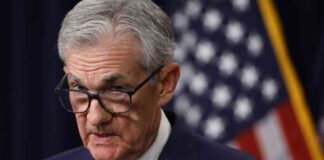The latest inflation report released by Statistics Canada for the month of October is expected to show a slight increase, according to economists. Despite this uptick, experts believe that overall, inflation is on a downward trend in the long term.
In September, the consumer price index was at 1.6 percent, the lowest reading since February 2021. Economists predict that the October reading will come in at 1.9 percent. The decrease in September was largely attributed to the low price of gasoline, which dropped to around US$65 per barrel. However, in October, the price of oil rose to over US$75 per barrel, contributing to the expected increase in inflation.
RBC economist Claire Fan explained that the expected increase in inflation is mainly driven by energy prices and should not be seen as a deviation from the overall trend of decreasing inflation. Core inflation, which excludes volatile measures like energy and food, is expected to decrease slightly to 2.2 percent in October from 2.4 percent in September.
BMO Capital Markets predicts that headline inflation will be at 1.9 percent and core inflation at 2.4 or 2.5 percent. Managing director Benjamin Reitzes mentioned that October may be a bump in the road for the downward trend in inflation, with property taxes and gasoline prices playing a key role in the increase.
The Bank of Canada’s decision to lower interest rates in October is expected to alleviate some pressure on inflation, particularly in the housing market. Surging property taxes and mortgage renewals have been driving up shelter costs, but the decrease in interest rates should help offset these increases.
While rental inflation has been high, it is expected to slow down in the coming years due to rising unemployment rates and weaker population growth. The Canadian economy is also facing challenges compared to the U.S., with diverging economic measures and a weaker Canadian dollar.
Overall, experts anticipate that the Bank of Canada may opt for a milder quarter-percentage-point cut in the key rate at its upcoming meeting. The economy’s current conditions and the time lag for rate changes to take effect are key factors in the decision-making process.
As the economy continues to evolve, it will be crucial for policymakers to closely monitor inflation trends and make timely adjustments to support economic stability and growth.






















